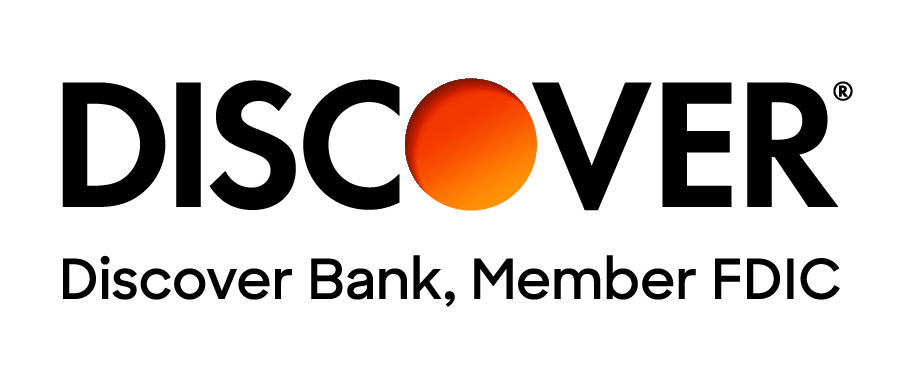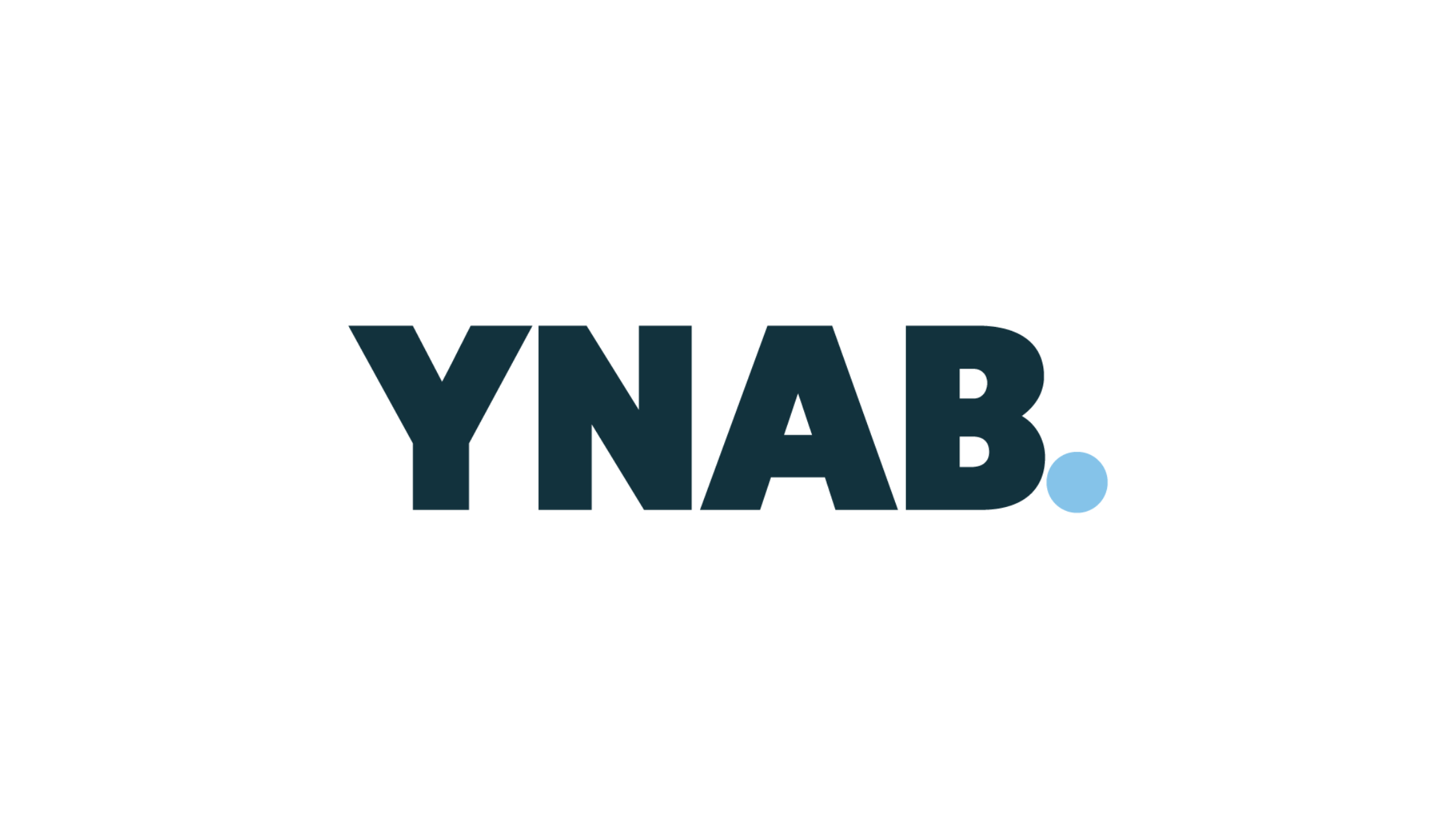Financial aid is one of the most important steps you can take to prepare for college. It’s the key to knowing how you’ll pay for your education and avoid unnecessary financial stress in the future. By asking the right questions, you can figure out what options are best for you and make smart decisions about loans, scholarships, and other financial aid opportunities.
General Financial Aid Information
Financial aid is the term used to describe money provided to help pay for your education. Financial aid comes from a variety of sources, such as the government, schools, or private organizations and can consist of loans, grants, scholarships, or work-study programs.
- Ask what types of financial aid the college offers (e.g., grants, scholarships, loans, work-study programs).
- Check if there are separate applications for college-specific scholarships or aid.
- Find out the deadlines for applying or reapplying for financial aid each year. How do you report updated income information if you or a parent loses their job.
Student Loans
Student loans are borrowed money that you use to pay for school. You’ll need to pay this money back later, usually with added interest. There are two main types of student loans – federal loans and private student loans. Federal loans come from the federal government and offer valuable borrower benefits which private student loans do not offer.
- Confirm when loan repayment will start and if there are grace periods.
- Ask about repayment plan, and loan discharge options.
- Understand what happens if you’re unable to make loan payments after graduation.
Scholarships and Grants
Scholarships and grants are like free money for school that you don’t have to pay back. The main difference? Scholarships are often based on merit, like grades, sports, or community service, while grants are usually based on financial need.
- Ask if merit-based or need-based scholarships are available.
- Find out if you can apply for additional scholarships or grants after you enroll.
- Check if scholarships or grants are renewable yearly and clarify the criteria to maintain them.
Cost of Attendance
The Cost of Attendance, or COA, is an estimate of what it will cost you to go to school for a year. Schools calculate this number to help you understand your total expenses. It includes all the costs associated with attending college in a given academic year. Your COA is an important number because financial aid is designed to cover as much of it as possible. It’s also a helpful starting point when planning your budget.
- Ask what the total cost of attendance includes (tuition, fees, room and board, books, supplies, etc.).
- Check if there are payment plans for those unable to cover costs leftover after financial aid.
- Ask if there’s financial aid available for emergencies.
Work-Study Opportunities
Work-study is a federal financial aid program that lets you earn money by working part-time while you’re in school. Jobs are usually on-campus, but some might be off-campus with local organizations. Federal Work-Study is available to undergraduates, graduates, and even professional students based on financial need.
- Ask what types of jobs are offered through the work-study program.
- Confirm the expected number of work hours per week.
- If you want to earn funds before you start classes, ask if there are opportunities during summer break.
How to Read Financial Aid Award Letters
Getting a financial aid award letter can feel exciting—but also confusing. These letters explain the help schools are offering to pay for your education. Understanding them is key to making smart choices about where to go and how to pay for it. Here’s how you can break it all down and compare your options.
How to Compare Aid Packages from Different Schools
If you’re accepted to multiple colleges, you’ll get an award letter from each one. Focus on these key areas when comparing them:
- Total costs: Start with the school’s Cost of Attendance (COA), which includes tuition, fees, housing, meals, books, and more.
- Gift aid: Add up all the grants and scholarships. This is the “free money” which reduces how much you’ll personally pay.
- Net cost or Net Price: Subtract gift aid from the total COA. This shows how much you'll need to cover using loans, work-study, or other personal funds.
A college might seem cheaper at first glance, but when you compare gift aid and net costs, you might find a better deal elsewhere.
Check for Details on Loans
If loans are part of your aid package, look closely at the terms. Here’s what to watch for:
- Subsidized loans: These don’t charge you interest while you’re in school, during the loan’s grace period, and periods of authorized deferment. They’re a good option if you need to borrow, however these are need-based loans.
- Unsubsidized loans: These start adding interest as soon as they’re taken out, even while you’re in school. Unsubsidized loans are not need-based loans.
- Private loans: These may have higher interest rates, are harder to qualify for, and less flexible repayment options, so proceed carefully.
Pay attention to how much of your aid package is made up of loans. The less you borrow, the better.
Calculate Out-of-Pocket Costs
After applying your financial aid, what’s left for you to cover? Here’s how to figure that out:
- Start with the Cost of Attendance (COA). Subtract all grants, scholarships, and work-study offers.
- Next, subtract any loan amounts you plan to accept.
- The final number is your financial aid gap. This is what you’ll need to pay with savings, a payment plan, or other resources.
If this number feels too high, think about applying for more scholarships or considering less expensive schools.
Take your time to go through each financial aid award letter step by step. If you still have questions about your financial aid options, contact the school’s financial aid office. They can help explain the details or even adjust your aid if there’s been a change in your family’s financial situation. By understanding your options clearly, you can choose a school that fits your academic and financial goals.








